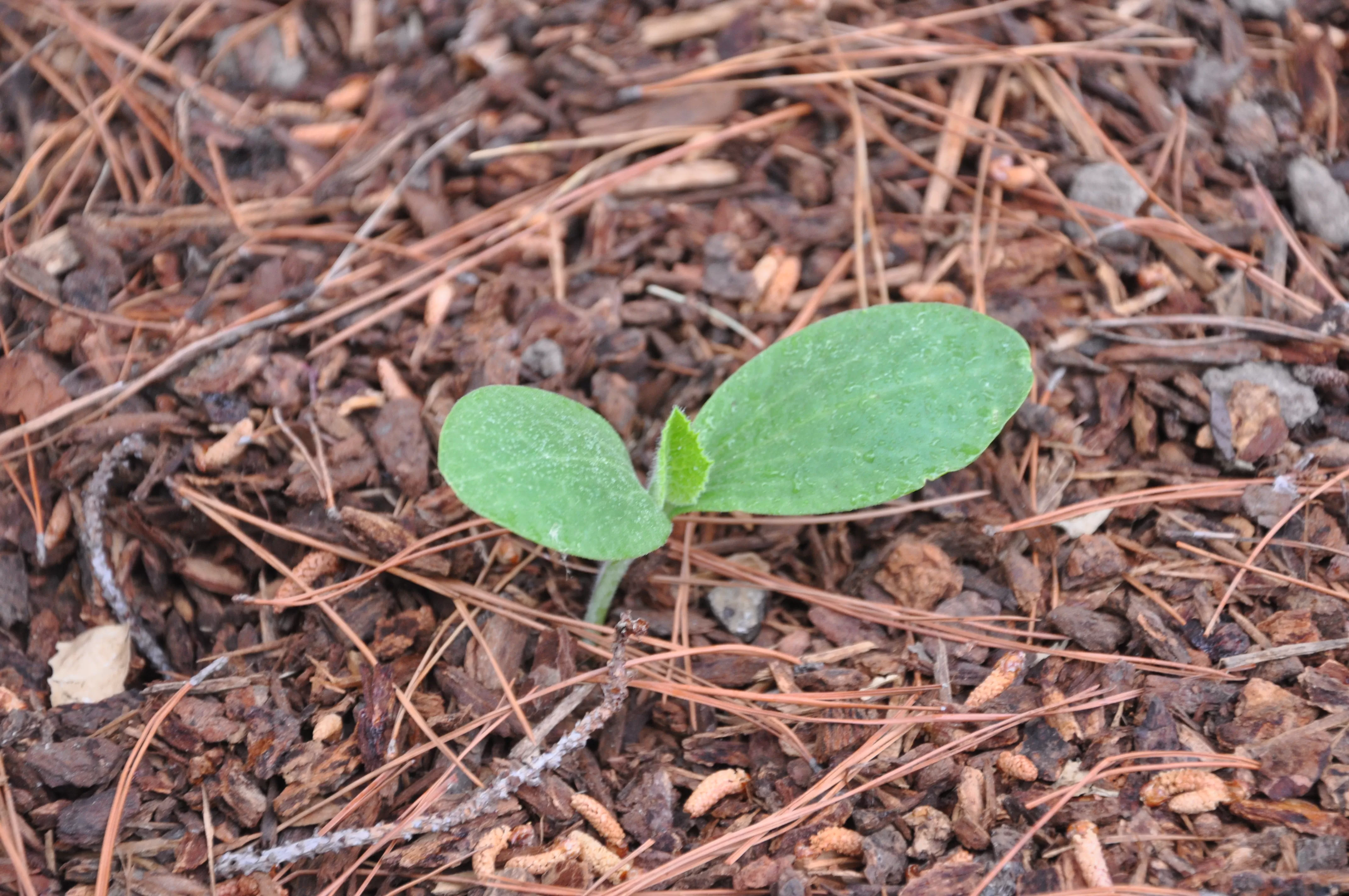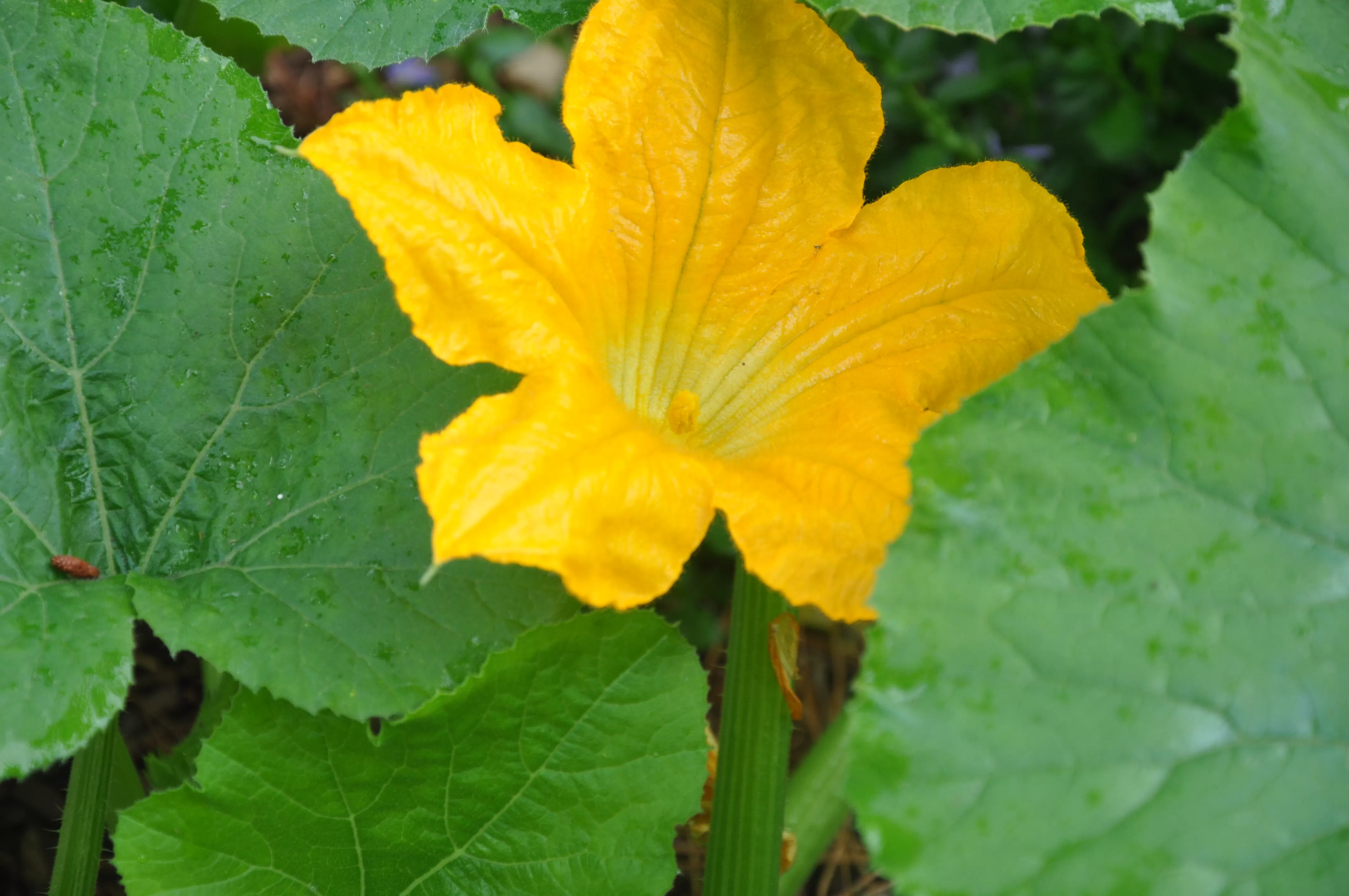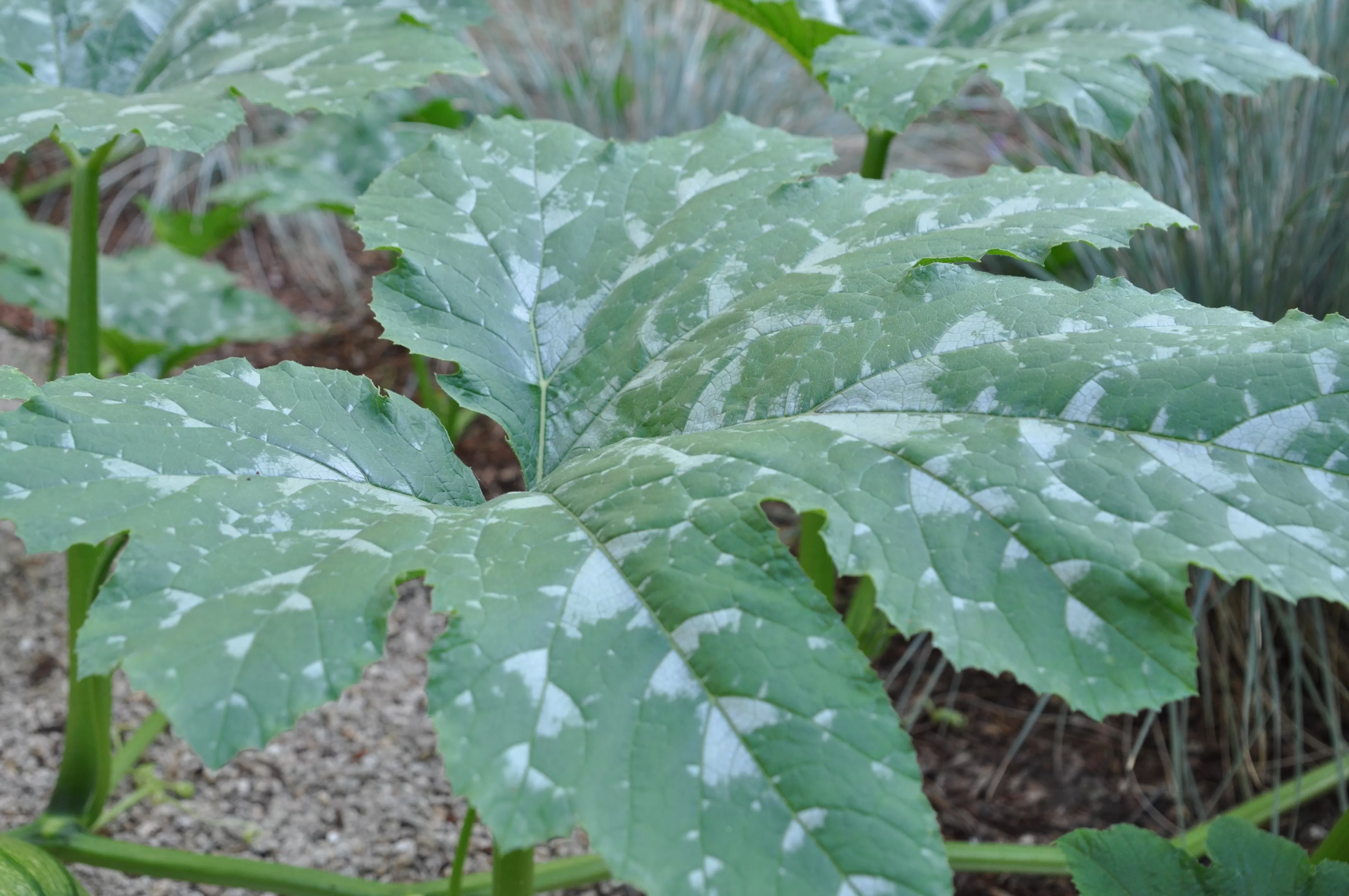- From tiny sprout to sprawling vine, witness the pumpkin’s journey.
- Discover the distinct features of male and female pumpkin flowers.
- Learn how the size of pumpkin leaves predicts the fruit’s size.
- Explore the fascinating life cycle of a prolific pumpkin plant.
Have you ever wondered what a pumpkin plant looks like beyond the bright orange fruit we see in the fall? The journey from seed to jack-o’-lantern is a fascinating transformation. Let’s explore the life cycle of a pumpkin plant and discover its unique characteristics.
Contents
From Seed to Sprout: The Early Stages
A pumpkin plant begins as a small, unassuming seed. Once planted, it sprouts, pushing a delicate shoot through the soil. This tiny plant quickly develops several leaves, marking the start of its vigorous growth. It’s captivating to witness this early development, a testament to nature’s power.
The initial growth of the pumpkin vine sets the stage for the plant’s expansive nature. Curly tendrils emerge, reaching out to grasp nearby plants and structures. This is how the pumpkin vine spreads, creating a lush green carpet across the garden.
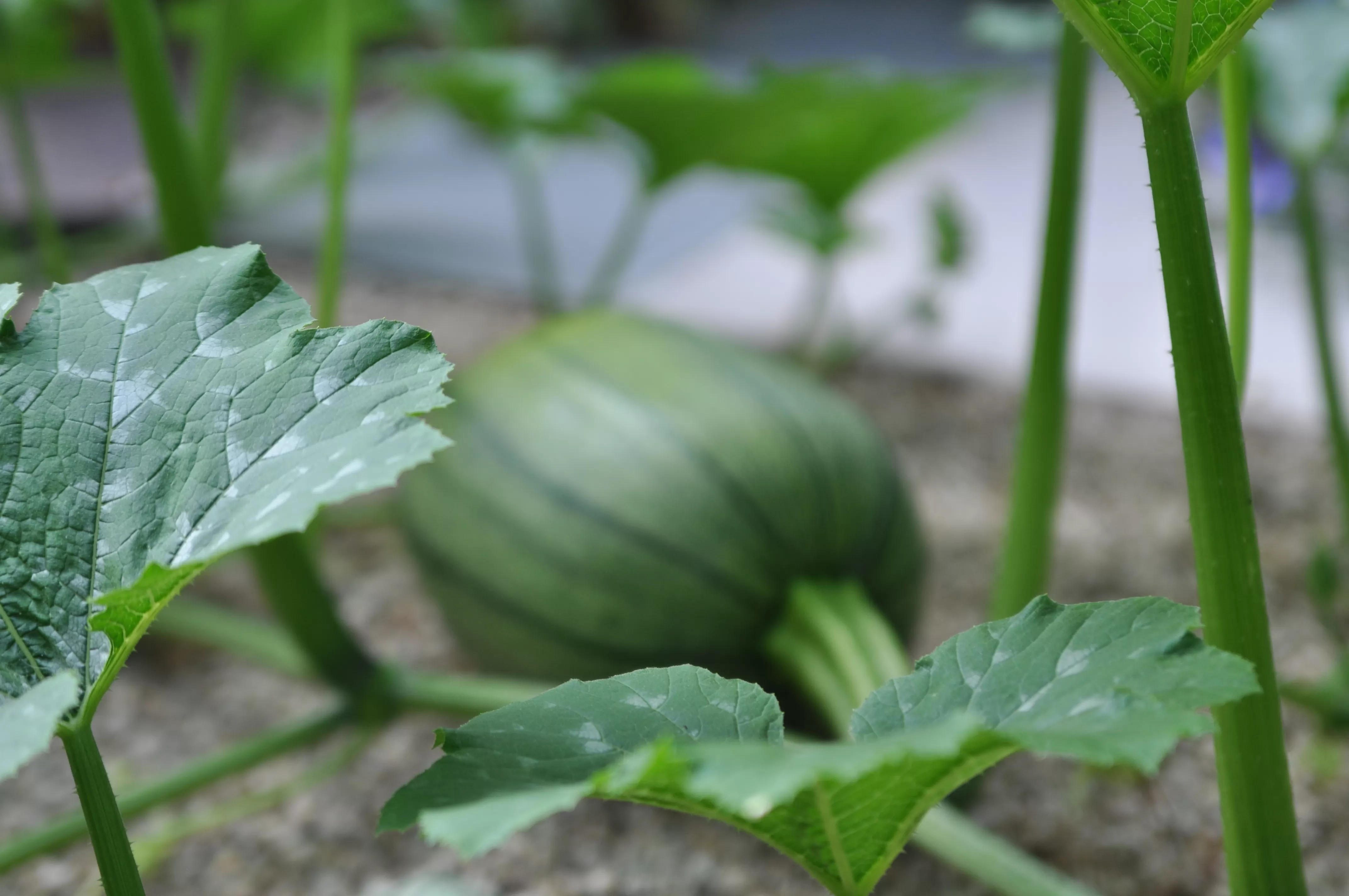 alt textYoung Pumpkin Plant with Tendrils
alt textYoung Pumpkin Plant with Tendrils
Blossoms and Bees: The Reproductive Phase
As the pumpkin vine matures, it begins to produce flowers. The first to appear are the male flowers. These blossoms open during the day, close at night, and typically drop off within a day or two. They play a crucial role in the pollination process.
Soon after, the female flowers emerge. These flowers are easily distinguishable by the small, immature pumpkin at their base. Bees play a vital role in transferring pollen from the male to the female flowers, enabling fertilization and fruit development.
 alt textFemale Pumpkin Flower with Immature Fruit
alt textFemale Pumpkin Flower with Immature Fruit
Fruit Development: From Tiny Green to Ripe Orange
Once pollinated, the tiny pumpkins at the base of the female flowers begin to grow. This stage is a delicate one, as these young pumpkins are susceptible to various environmental factors and pests. However, with proper care and a bit of luck, they will continue to mature, transforming from small green orbs to the large, vibrant orange pumpkins we associate with autumn.
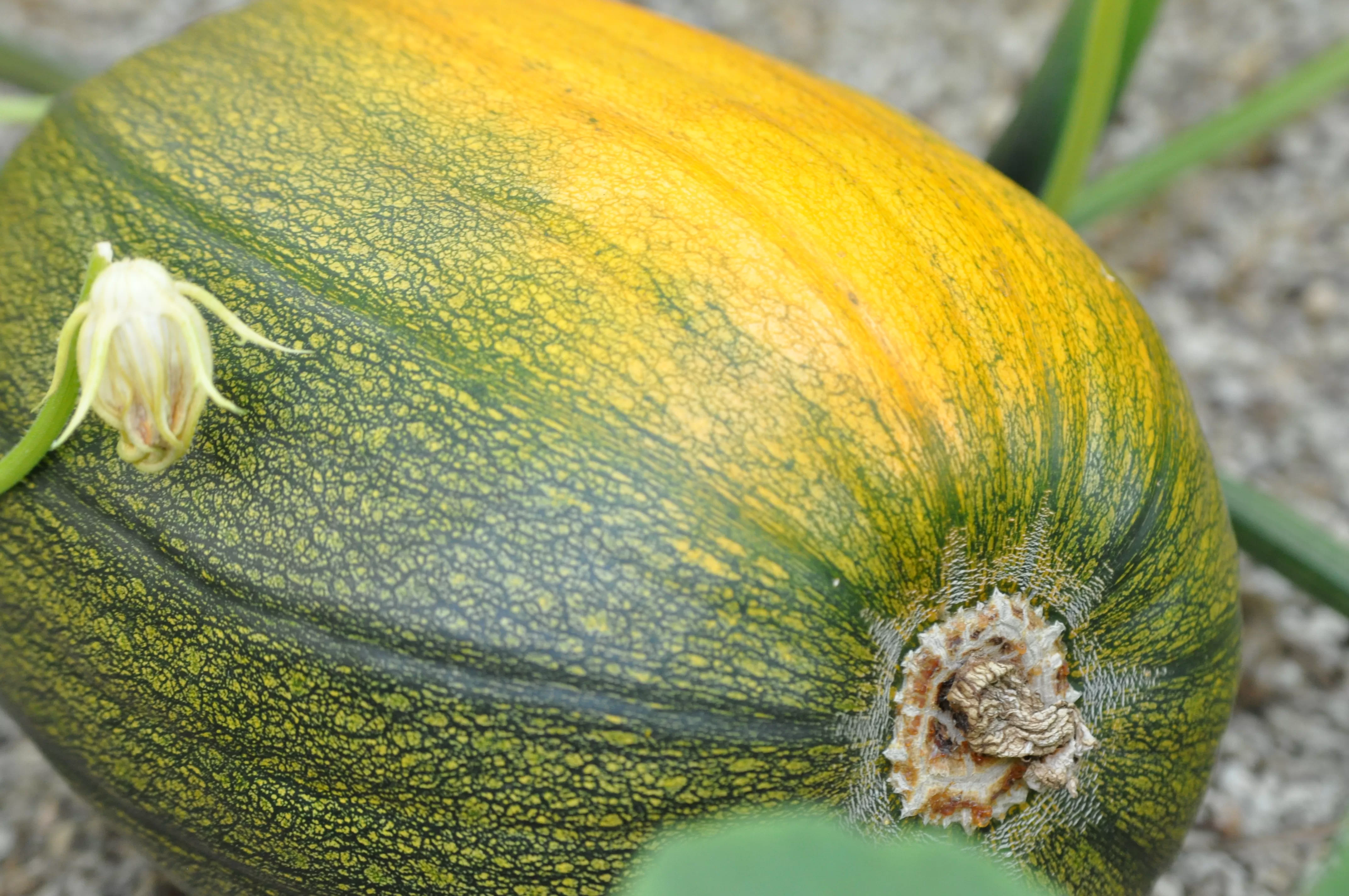 alt textPumpkin Turning Orange on the Vine
alt textPumpkin Turning Orange on the Vine
Interestingly, the size of the pumpkin leaves is a good indicator of the eventual size of the fruit. Larger leaves generally correspond to larger pumpkins.
Beyond the Harvest: A Pumpkin’s Continued Growth
After the initial harvest, the pumpkin vine can sometimes surprise you with a second wave of growth. New leaves and flowers may appear, leading to the development of more pumpkins. This continued growth showcases the plant’s resilience and productivity.
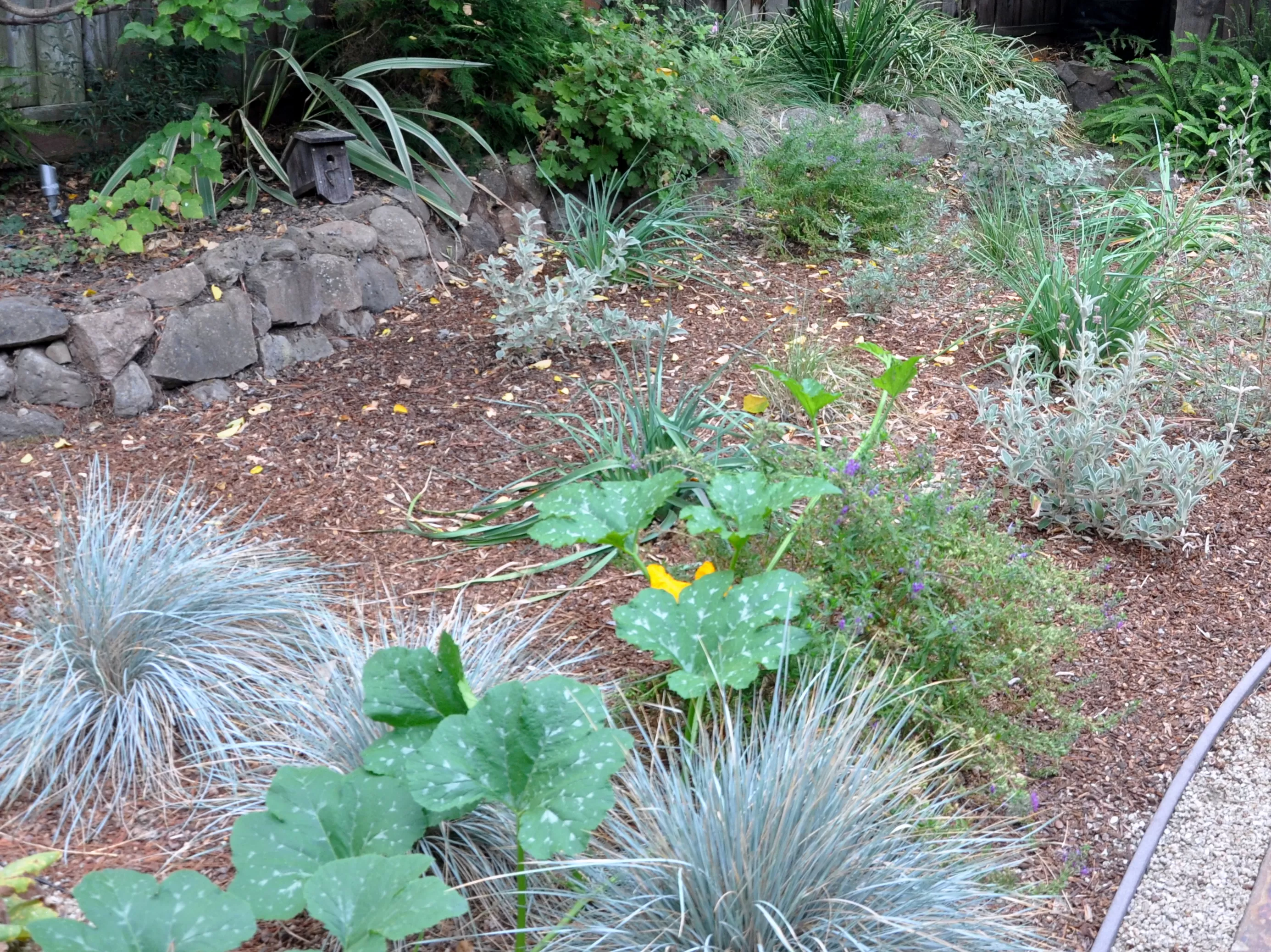 alt textNew Growth on Pumpkin Vine
alt textNew Growth on Pumpkin Vine
Conclusion: A Rewarding Journey
From a humble seed to a bountiful harvest, the life cycle of a pumpkin plant is a remarkable process. By understanding what a pumpkin plant looks like at each stage of its development, you can better appreciate the beauty and wonder of nature. We encourage you to share your own pumpkin growing experiences and tips in the comments below.

